
A bit supernatural and mysterious, the mystical San Luis Valley is one of the more unusual and beautiful parts of Colorado. With impressive mountain peaks, rolling sand dunes, wide-open spaces, unique events, rich history, and endless outdoor recreational opportunities, a trip to the valley should be on everyone’s Colorado bucket list.
Expand your mind and your spirit and discover the San Luis Valley with our guide below.
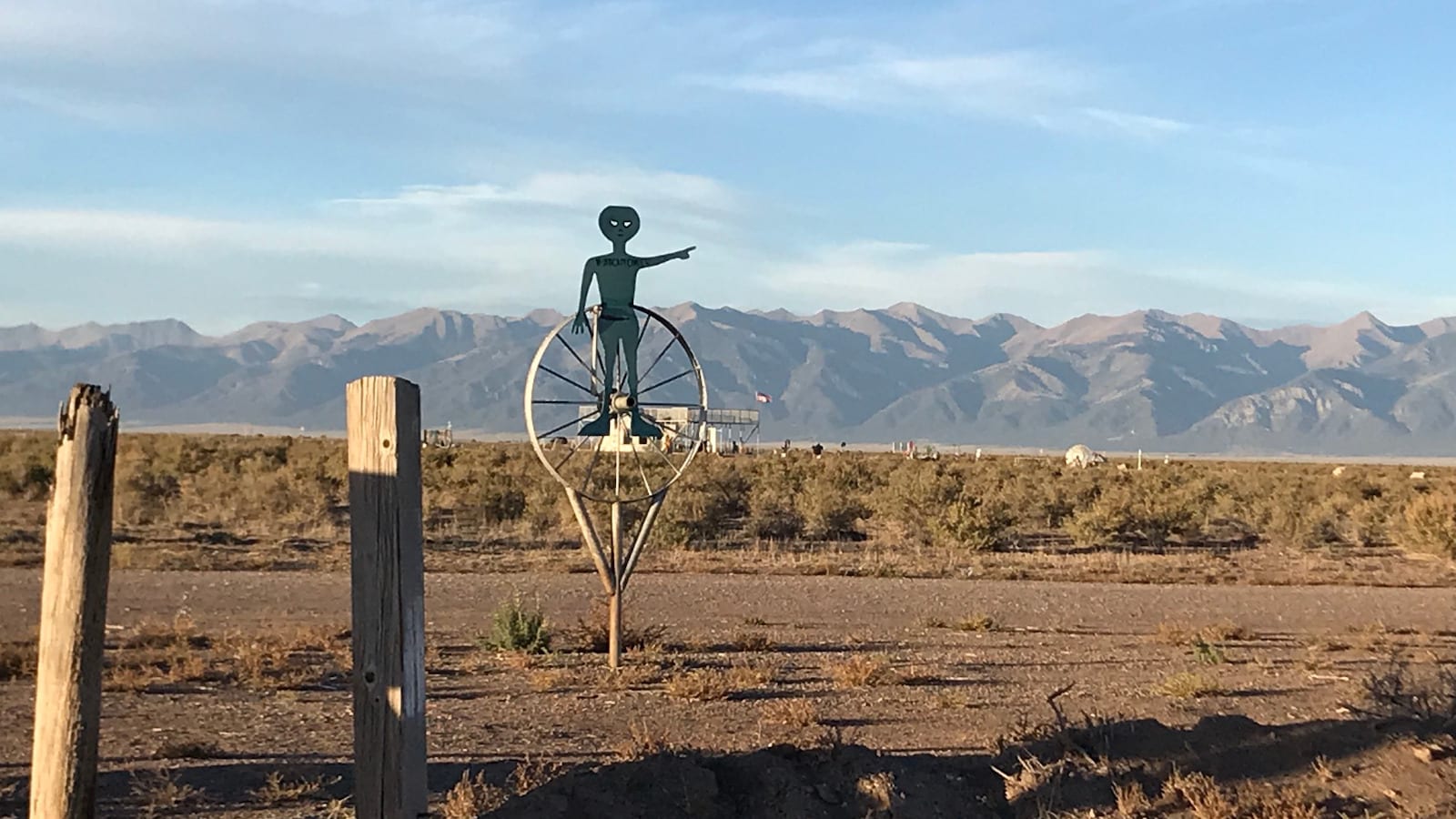 Have aliens been visiting the San Luis Valley?! Photo: Bryan Pocius
Have aliens been visiting the San Luis Valley?! Photo: Bryan Pocius
History of the San Luis Valley
You can’t help but feel the legacy of those who brought life to the San Luis Valley. Steeped in history and tradition, mixed with aspects of the modern world, the valley’s history is one that can’t be denied and is instantly felt upon arrival.
The history of the valley began with the habitation of the Ute Indians and other Indian tribes. Eventually removed from the valley, the Ute Indians left in the 1850s, leaving the valley open for outside settlers. After the San Luis Valley was ceded to the United States by Mexico, the Hispanic settlers started to make their way north.
Making a home for themselves in the valley they founded the town of San Luis in 1851. Later, to protect the valley from hostile Indians, a fort was established in the present-day Fort Garland, in 1852. And like most Colorado towns, with the discovery of gold and silver, a flood of fortune-seekers sought out land in the valley while they mined for their wealth, thus establishing small communities throughout the valley.
National Scenic Byway
One of the best ways to discover the history of the San Luis Valley is to take a drive along the Los Caminos Antiguos. This national scenic byway encompass the major trade route of the Old Spanish Trail and provides a unique glance at the valley’s landscape. The route will take you from Alamosa to Antonito, CO, on the southern end of the San Luis Valley.
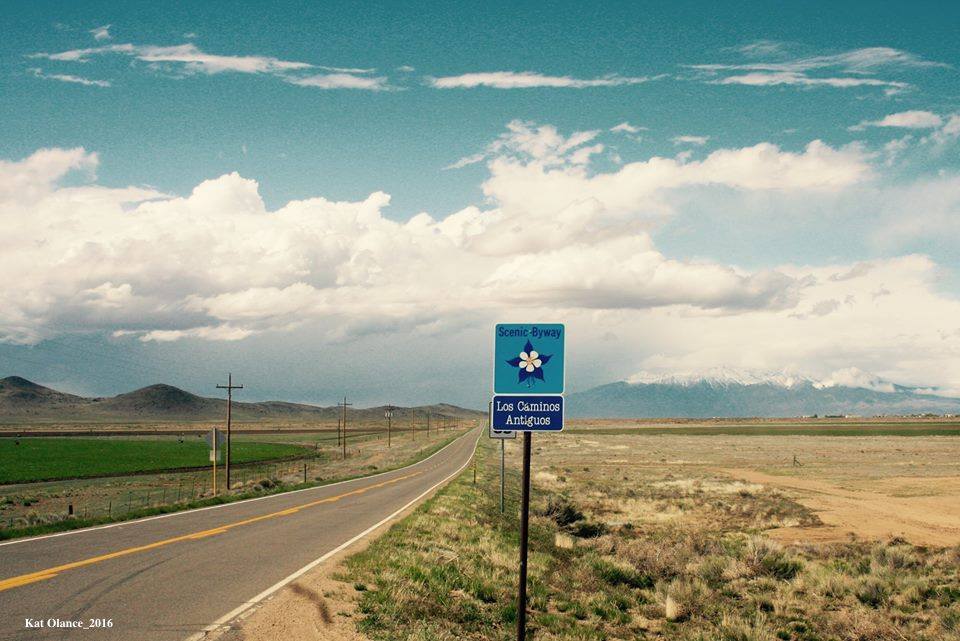 Views along the Los Caminos Antiguos Scenic Byway. Photo by Kat Hazleton Olance
Views along the Los Caminos Antiguos Scenic Byway. Photo by Kat Hazleton Olance
If you’re coming from Denver to the north, you’ll enter the valley via Poncha Pass at the town of Villa Grove on Highway 285. You can split two ways here, continue on the main Highway 285 south, or take CO-17 south. The former leads you to Monte Vista, the latter 20 minutes to the east of that Alamosa. Both drives take an hour to cut across the bulk of the northern San Luis Valley, it’s massive.
Another option is to head to South Fork on the far west reach of the San Luis Valley. From here you can head north on Highway 149, aka the Silver Thread Byway to visit Creede. This route continues past Lake City ending just west of Gunnison.
But to return to the mysteries of the San Luis Valley, it’s best to turn around at Creede and head back to South Fork. The two towns are only 30 minutes apart and Creede is worth the detour.
Geography of the San Luis Valley
The valley is generally considered home to six counties that include Alamosa, Conejos, Costilla, Mineral, Rio Grande, and Saguache. We’ve included Mineral County and its county seat Creede, though it lies tucked into the woods just outside the actual valley. The corresponding county seats include Alamosa, Conejos, the oldest town in Colorado-San Luis, Creede, Del Norte, and Saguache.
As one of the largest high desert valleys in the world, the San Luis Valley lies at its highest altitude of 8,100 feet. Spanning over 65 miles wide and 125 miles long, there is much to explore and see.
Located in the south-central part of Colorado, the valley dips its toes into northern New Mexico and spans more than 500,000 acres of public land. Surrounded by the peaks of the Sangre de Cristo Mountains to the east and the San Juan Mountains to the west, the valley is home to 14,000-foot jagged peaks, towering sand dunes, hot springs, waterfalls, and is the headwaters to the Rio Grande River.
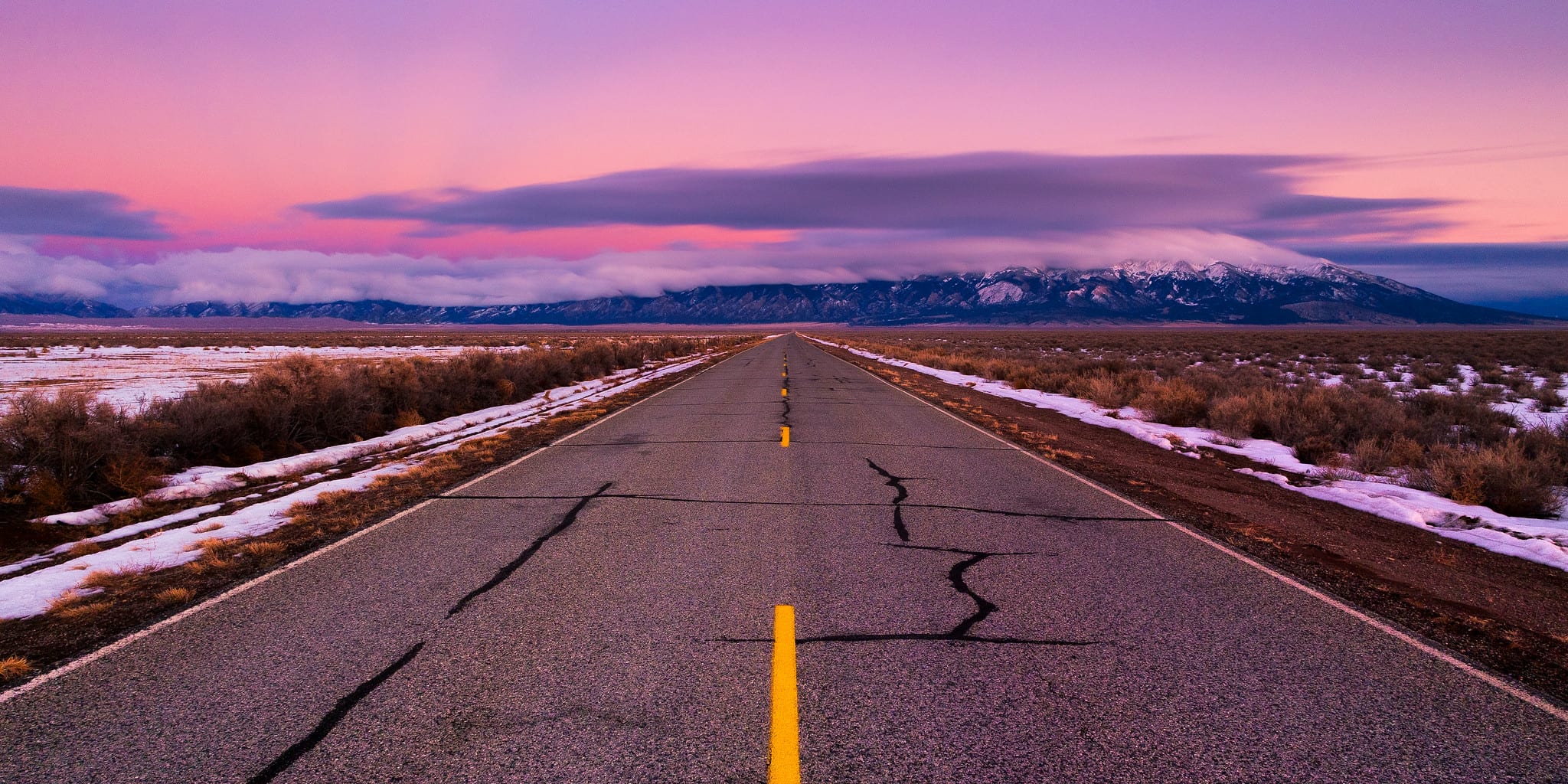 Twilight over the Sangre de Cristo Mountains in the San Luis Valley. Photo by Bryce Bradford
Twilight over the Sangre de Cristo Mountains in the San Luis Valley. Photo by Bryce Bradford
The Rio Grande River begins as a small creek in the San Juan Mountains and continues through the southern half of the valley into New Mexico. Because of its diverse landscape, there are plenty of outdoor recreation opportunities.
Outdoor Recreation in the San Luis Valley
Year-round you can find a plethora of the most interesting activities in the state. From nifty natural landmarks to bizarre manmade creations, you’re in a visual treat in the San Luis Valley. Sportsmen, birdwatchers, and photographers will be at home in a number of state wildlife areas in the valley, including San Luis State Wildlife Area, a former state park.
Alamosa is often touted as among the coldest places in Colorado during winter, so expect frigid temperatures in the surrounding region. The peak summer months from June through August are the most popular time to visit the valley. It gets into the 80s °F in the summer.
Read about the camping near Alamosa, Sand Dunes and the San Luis Valley.
Visit the Sand Dunes National Park
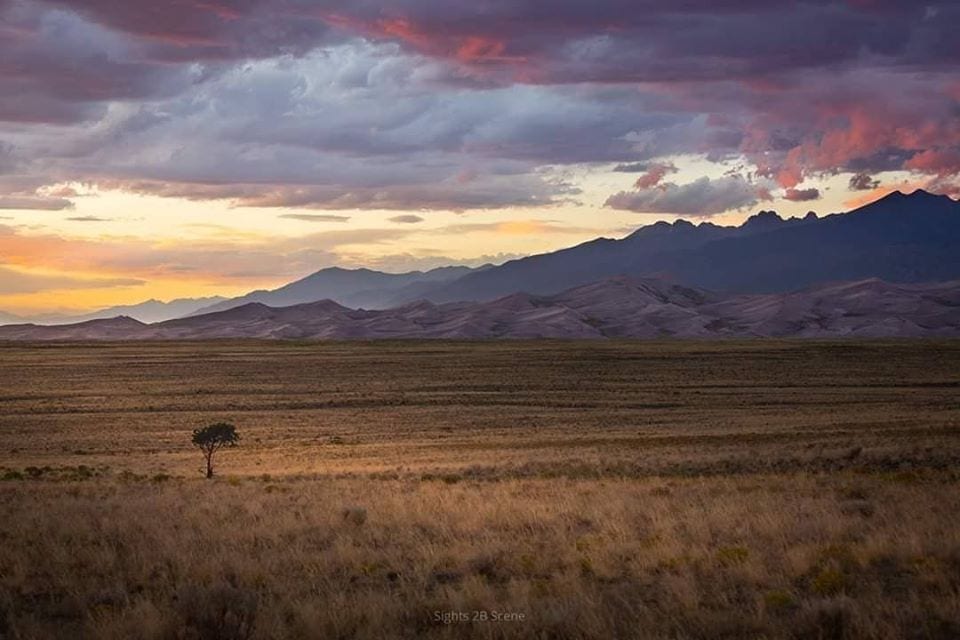 Distant views of the Sand Dunes National Park. Photo by Visit Alamosa Facebook
Distant views of the Sand Dunes National Park. Photo by Visit Alamosa Facebook
Colorado is home to four national parks, one of which resides in the San Luis Valley. The Great Sand Dunes National Park is home to the tallest sand dunes in North America, the Star. Coupled with its towering dunes, the park is also home to Medano Creek and beach (seasonally), a diverse landscape of grasslands, wetlands, green forests, and alpine lakes.
Hiking, backpacking, camping, and sandboarding are just some of the popular outdoor activities available at the park. Due to its remote location, it’s designated as an International Dark Sky Park and is a favorite for stargazers and photographers alike.
Hike a 14er
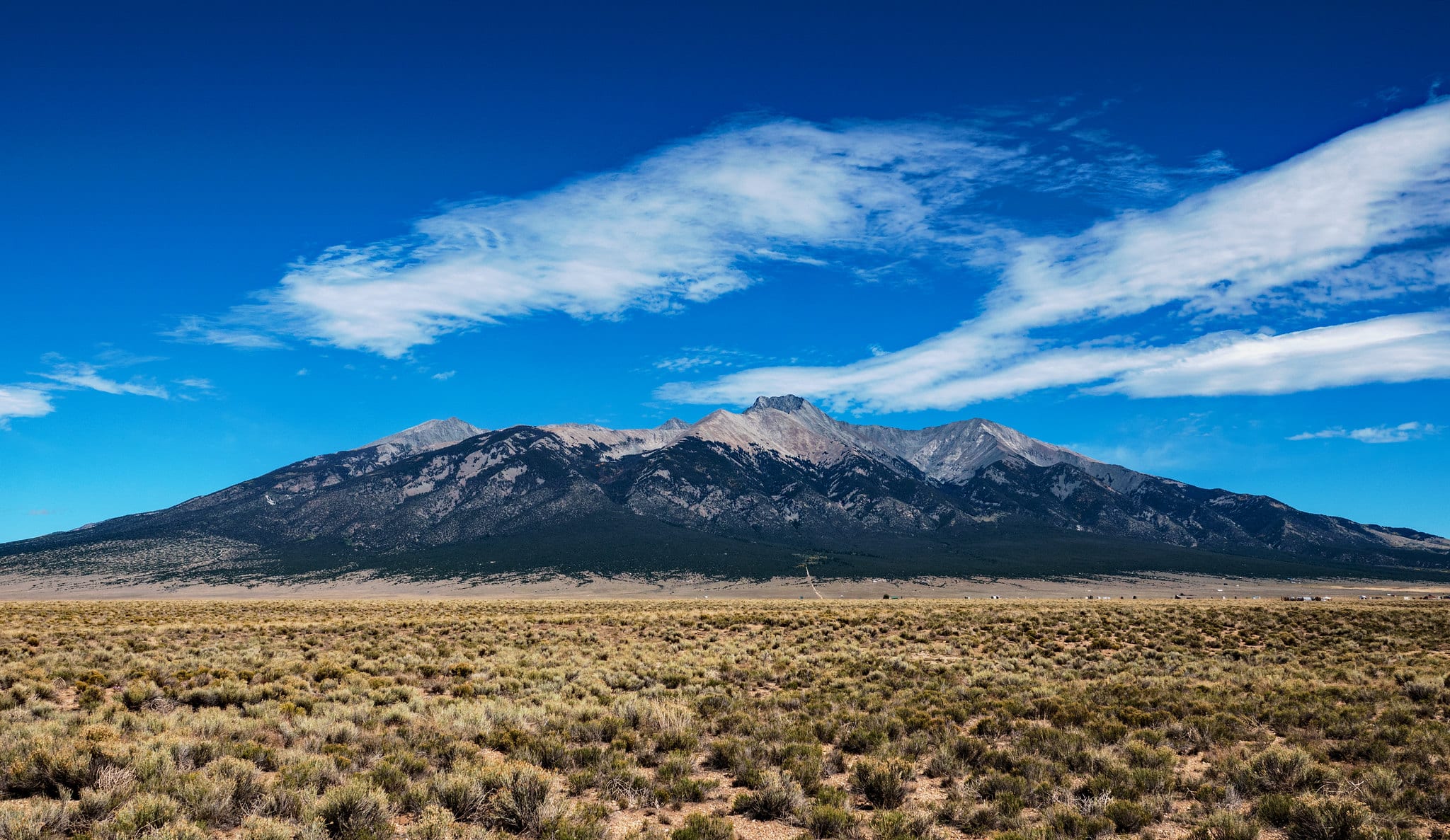 View of Mount Blanca from Alamosa. Photo by 32Groove
View of Mount Blanca from Alamosa. Photo by 32Groove
The valley is home to 10 14,000-foot mountain peaks: Mt. Lindsey, Crestone Peak and Crestone Needle, Ellington and Challenger Point, San Luis Peaks, Little Bear, Kit Carson, Humboldt, and Blanca. They range in difficulty and duration, so pick your peak carefully.
Visit Colorado’s first National Monument
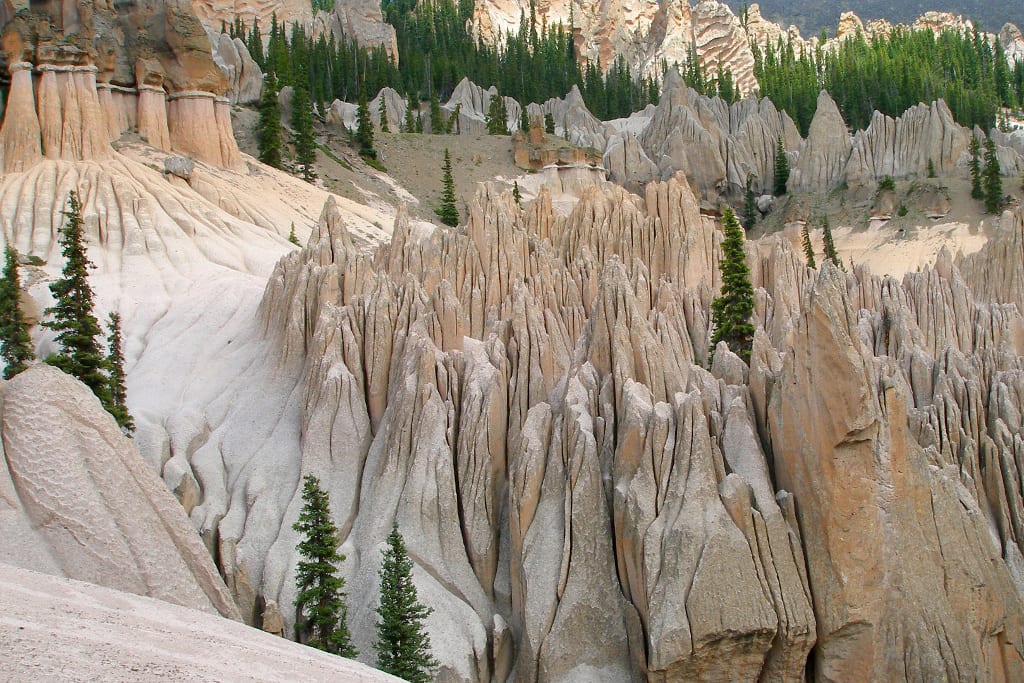 Wheeler Geologic Area. Photo by Brian W. Schaller
Wheeler Geologic Area. Photo by Brian W. Schaller
Wheeler Geologic Area is Colorado’s first designated national monument. It’s also one of the most remote destinations in Colorado, making it one of the hardest locations to reach.
This natural phenomenon consists of a massive outcropping of layers of volcanic ash, which was a result of the eruption of La Garita Caldera, over 25 million years ago. It was designated a national monument in 1908 and lost its designation in 1950 due to a lack of visitors, given its secluded location.
Access the area with a 7-mile hike or via a treacherous 14-mile four-wheel-drive road. A few dispersed campsites are available at the end of Wheeler Road, as there is no camping allowed within the formations.
Rock climb at Penitente Canyon
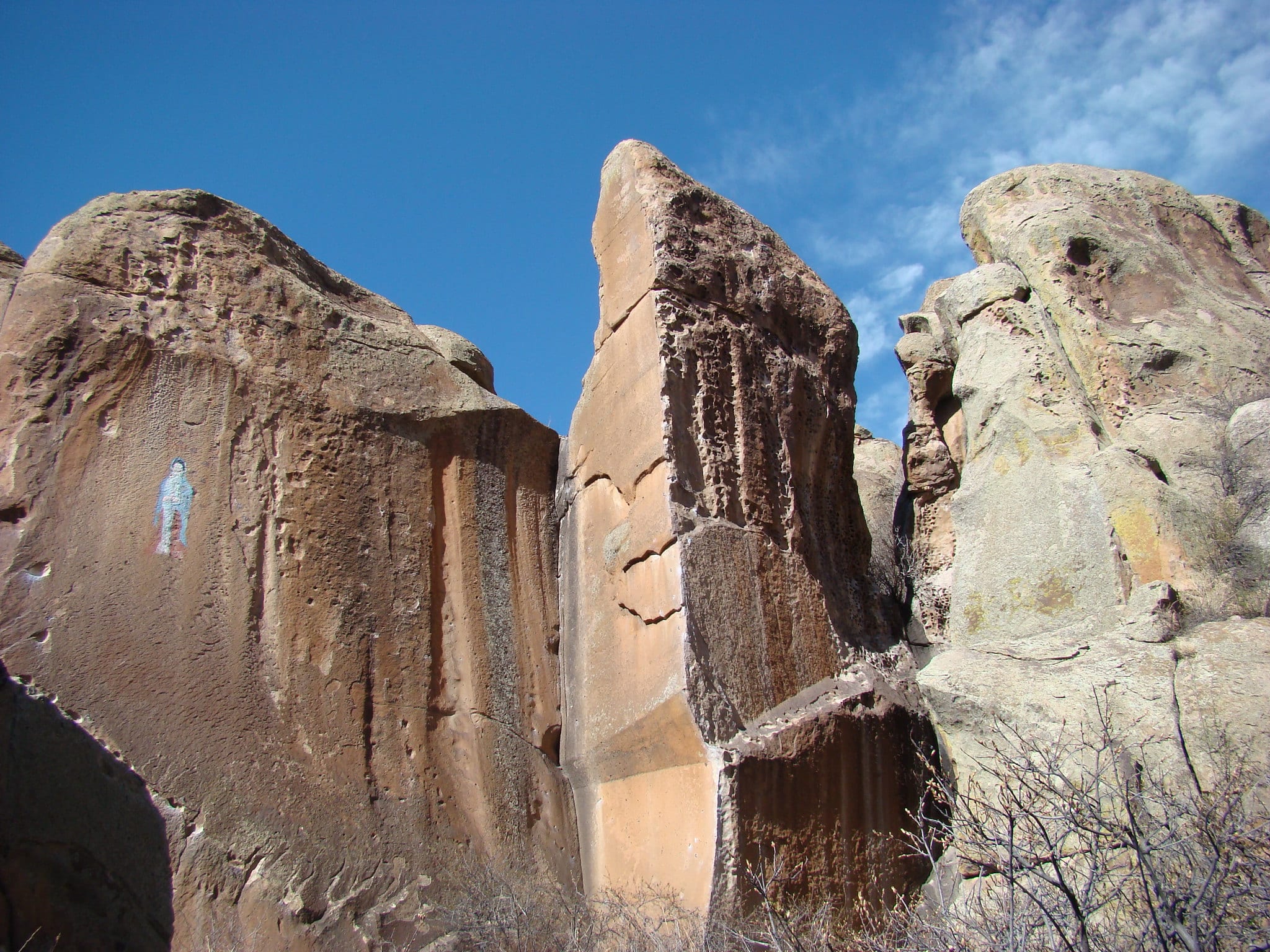 Inside Penitente Canyon. Photo by BLM
Inside Penitente Canyon. Photo by BLM
For those who seek higher ground for their adventures, rock climbing in Penitente Canyon is a must. What was once a haven and refuge for Native Indians in the area, today serves as a rock-climbing mecca. It’s primarily a sport-climbing spot with over 300 bolted routes and opportunities for bouldering.
Keep your eye out for rock paintings from those who first made the canyon home. While in the Penitente Canyon area you can also take a drive back to the Natural Arch, and gaze at its heavenly glory from beneath (or atop).
Hike to Zapata Falls
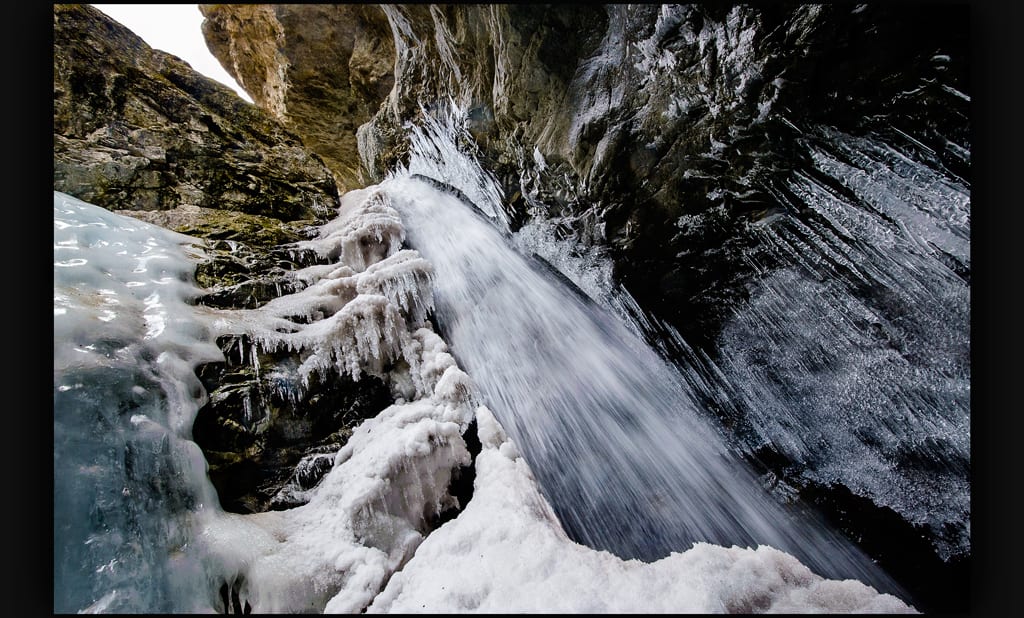 Winter at Zapata Falls. Photo by Geoff Llerena
Winter at Zapata Falls. Photo by Geoff Llerena
Take in the views of a cascading waterfall, the expansive valley floor, and the Sand Dunes National Park with a short hike to Zapata Falls. Located at the base of the Sangre de Cristo mountains, the roughly two-mile round-trip hike brings visitors up close to a 30-foot waterfall.
Enjoy in either winter when the falls become a beautiful ice sculpture. Or come in the spring and summer when the falls become a cascade of rushing water.
Unique Things To Do in the San Luis Valley
In addition to all the typical Colorado recreation, like camping, hiking, and rock climbing, the San Luis Valley boasts wonderful opportunities to just stop and relax. Go sightseeing, soothe your mind, and body, and soak up nature. It’s the perfect place to let your mind go, even if your body stays still.
Visit the alligator farm
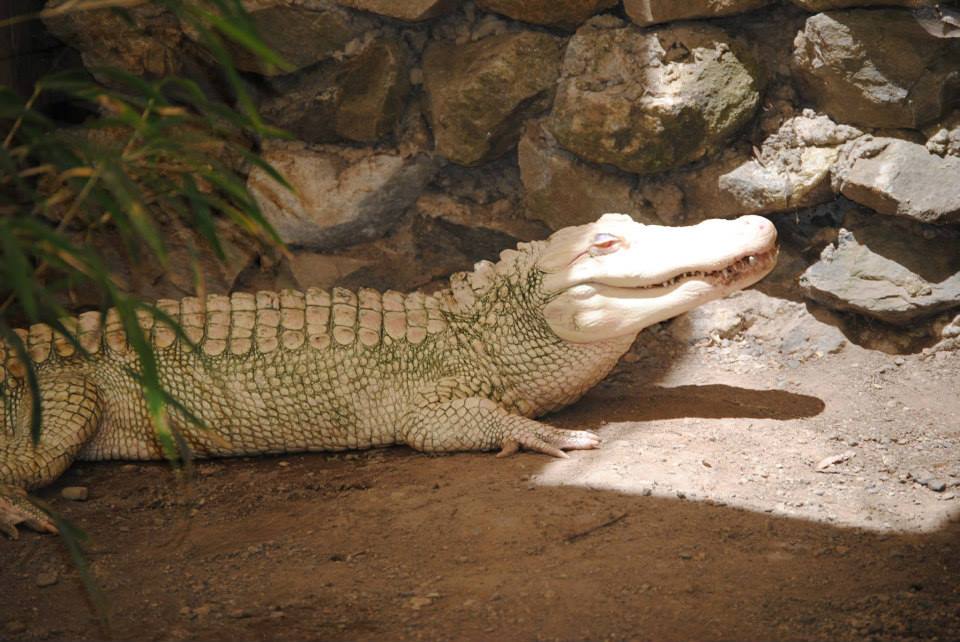 Albino gator at Colorado Gator Farm. Photo by Colorado Gator Farm Facebook
Albino gator at Colorado Gator Farm. Photo by Colorado Gator Farm Facebook
Yes, there is an alligator and reptile farm in the middle of Colorado. Visit the Colorado Gators Reptile Park to see a collection of exotic reptiles, alligators, tortoises, and snakes. Due to the farm’s natural geothermal waters, more than 100 alligators thrive and live, even during Colorado’s harsh winters.
Make sure to visit the albino alligator and the famous gator from Happy Gilmore for an unforgettable experience. This roadside attraction is located near the town of Hooper, along Highway 17.
Watch for aliens
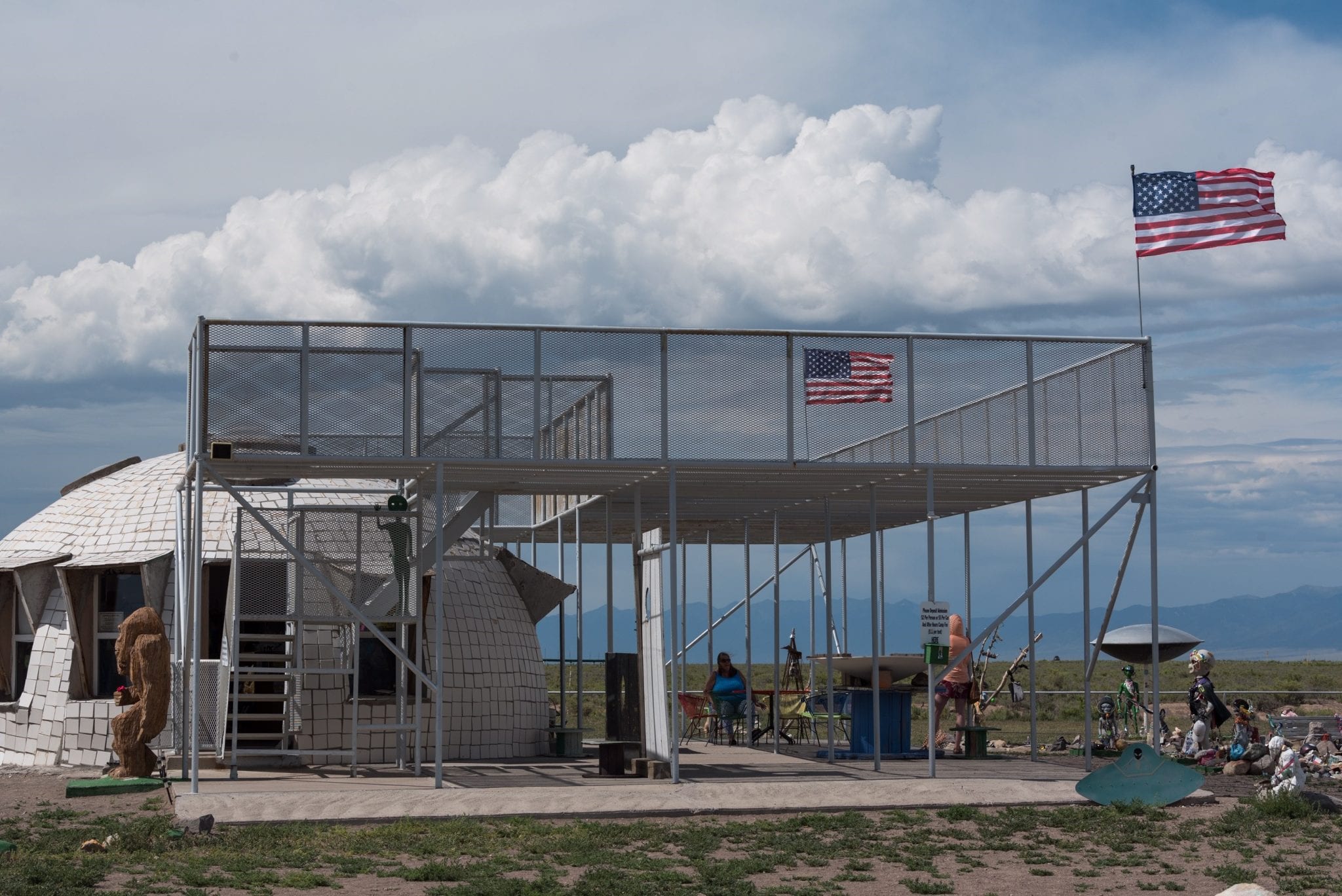 UFO Watchtower and campground
UFO Watchtower and campground
With its mysterious lure and spirit, it’s no wonder that the valley is home to a unique vortex of energy. Found near Center, CO, the UFO Watchtower is another unique roadside attraction. It keeps visitors curious and locals always looking up to the sky.
The area is said to have a powerful magnetic pull within converging vortexes, which has led to many extraterrestrial sightings. Stand atop the watchtower and see what you can see, if nothing else enjoy a beautiful view of the valley!
Take a dip in a hot springs
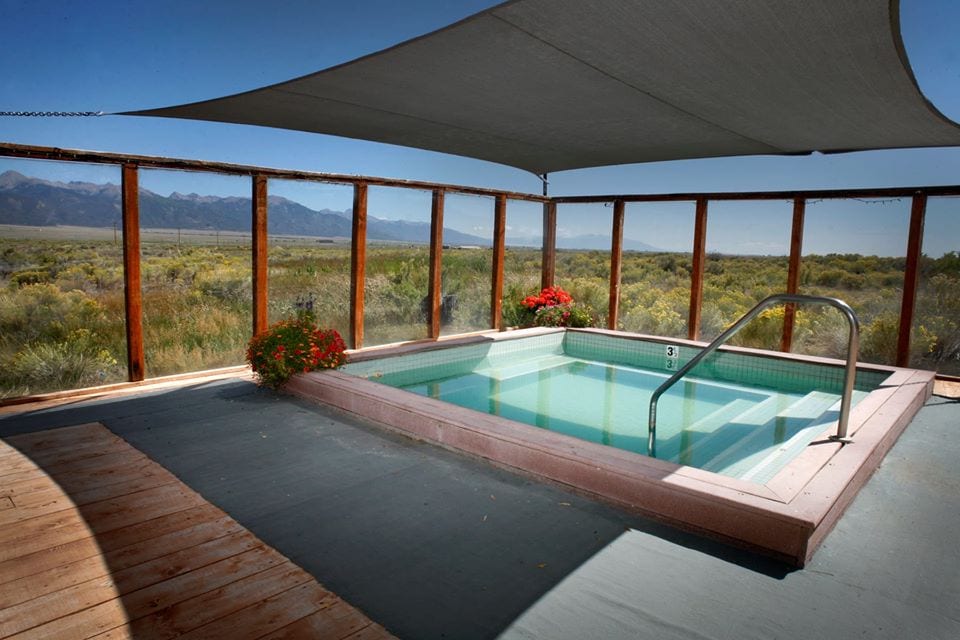 Joyful Journey Hot Springs Photo by Joyful Journey Hot Springs Facebook
Joyful Journey Hot Springs Photo by Joyful Journey Hot Springs Facebook
Take a dip in one of the several hot springs that call the San Luis Valley home.
For a more relaxing and secluded experience, visit Joyful Journey Hot Springs or Valley View Hot Springs. Joyful Journey is located in Moffat and offers three different pools at varying temperatures, plus several different sleeping accommodations, including tipis, yurts, and a hotel.
The clothing-optional Valley View Hot Springs is the most natural of the hot springs and is operated by the Orient Land Trust. They offer camping and rustic accommodations for those staying the night.
Another hot spring option is the Sand Dunes Pool. This quiet oasis offers a large geothermal pool, a 25-person hot tub, restaurants, and an adult-only Greenhouse with pools, saunas, and an on-site bar. Located in Hooper, along country road 63.
Bring the kids to the pools at Splashland Hot Springs in Alamosa. A geothermal outdoor swimming pool that is open seasonally.
See thousands of bats
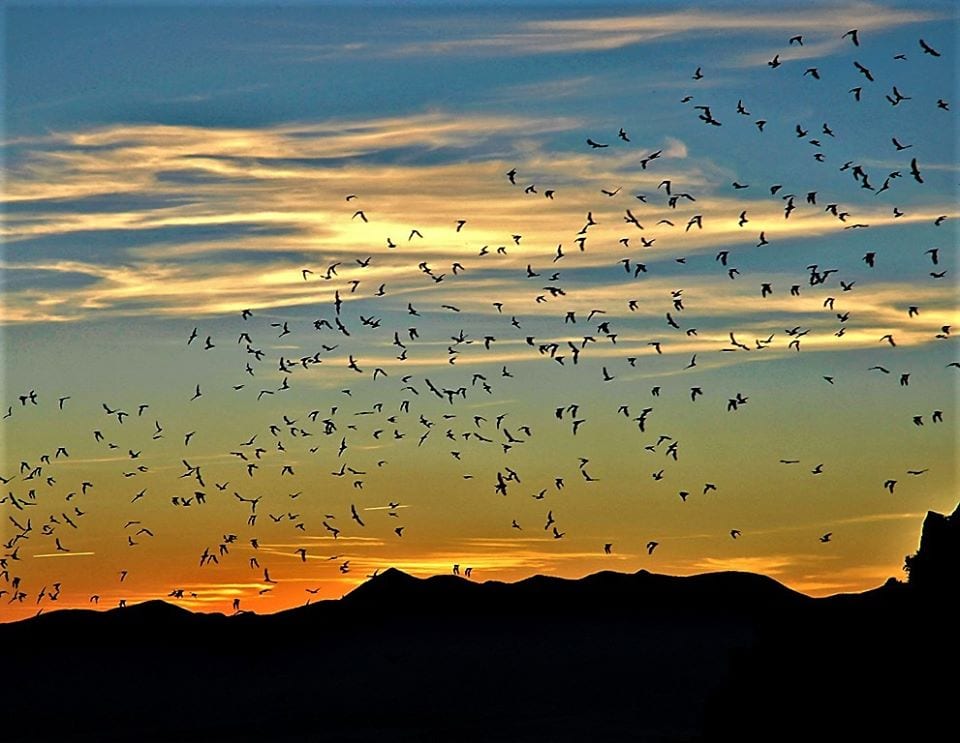 Bats fly high at the Orient Land Trust. Photo by Orient Land Trust Facebook
Bats fly high at the Orient Land Trust. Photo by Orient Land Trust Facebook
If you visit Valley View Hot Springs, plan to come during the summer when the migration of the Mexican Free-tail bats takes place. Over 250,000 bats make their home in the historic Orient Mine every summer, starting as far south as South America. The best times for viewing are early morning or early evening when they feed.
Sandhill crane migration
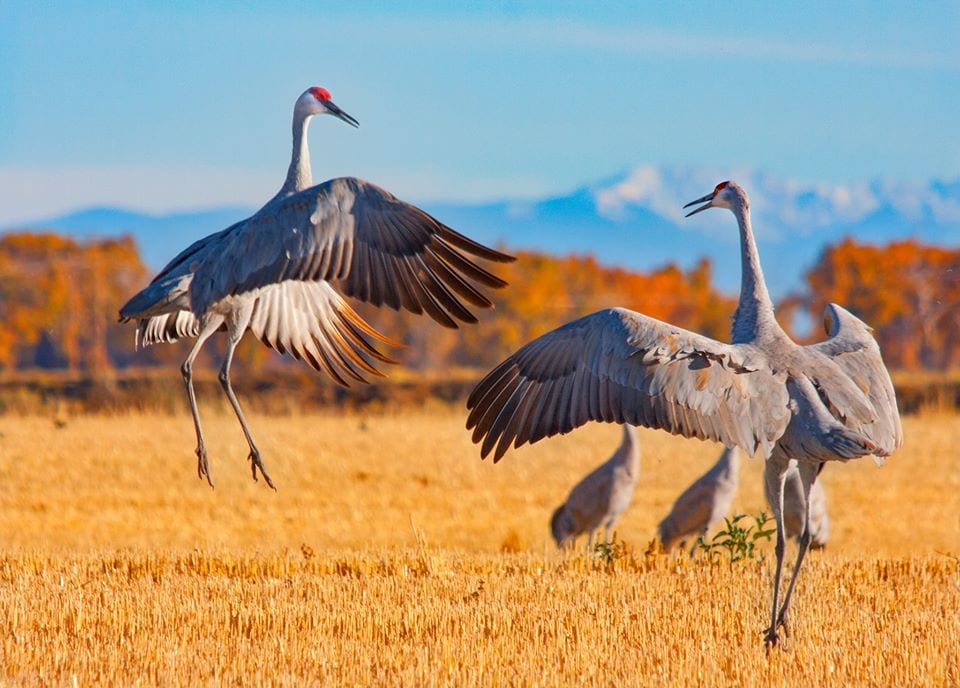 Dancing Sandhill Cranes in Monte Vista National Wildlife Refuge. Image by Arrow Myers via Monte Vista Crane Festival Facebook
Dancing Sandhill Cranes in Monte Vista National Wildlife Refuge. Image by Arrow Myers via Monte Vista Crane Festival Facebook
Another wildlife phenomenon that occurs in the valley is the Sandhill Crane migration. Every spring the Sandhill Cranes make their way through the small town of Monte Vista at the Monte Vista National Wildlife Refuge.
Here is where they take advantage of the open space and water to feed and inhabit. Monte Vista hosts the Crane Festival every March in honor of this event. They celebrate with a craft fair, tours, plus photography and learning workshops.
Stay at the Best Western Movie Manor
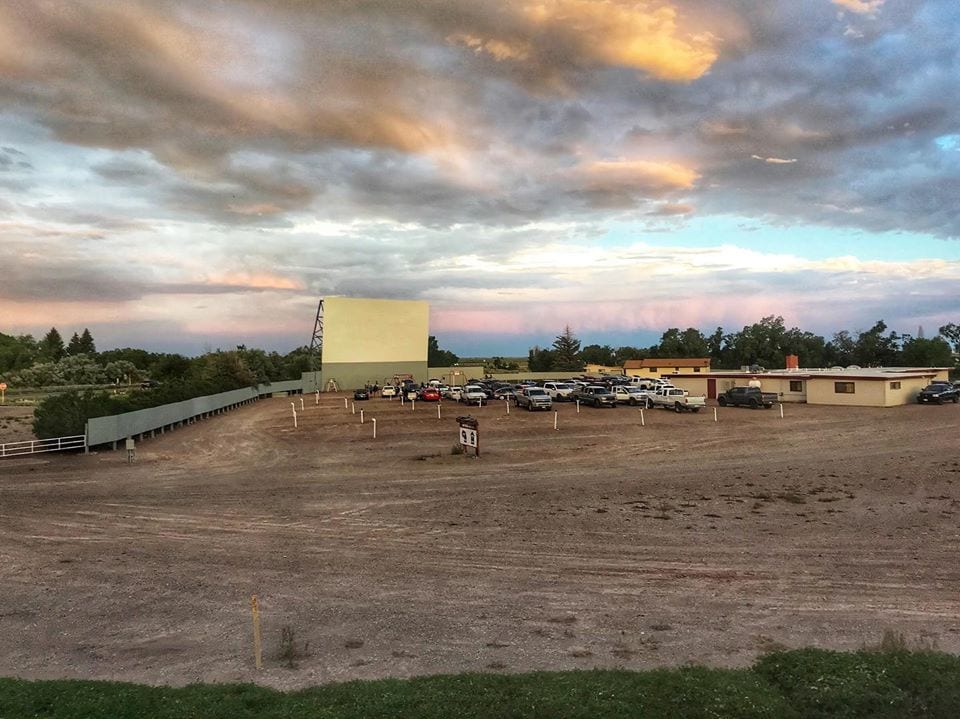 Sunset at Best Western Movie Manor. Photo by JLH in Design
Sunset at Best Western Movie Manor. Photo by JLH in Design
If visiting Monte Vista, book your stay at the Best Western Movie Manor (affiliate link). Guests can enjoy the comforts of their hotel room while watching the movie feature playing at the antique Star Drive-in. The rooms are designed with oversized windows for plenty of viewing space and in-room speakers that allow for personal sound control.
Check out Colorado’s other remaining drive-in theaters located around the state.
Visit Colorado’s oldest church
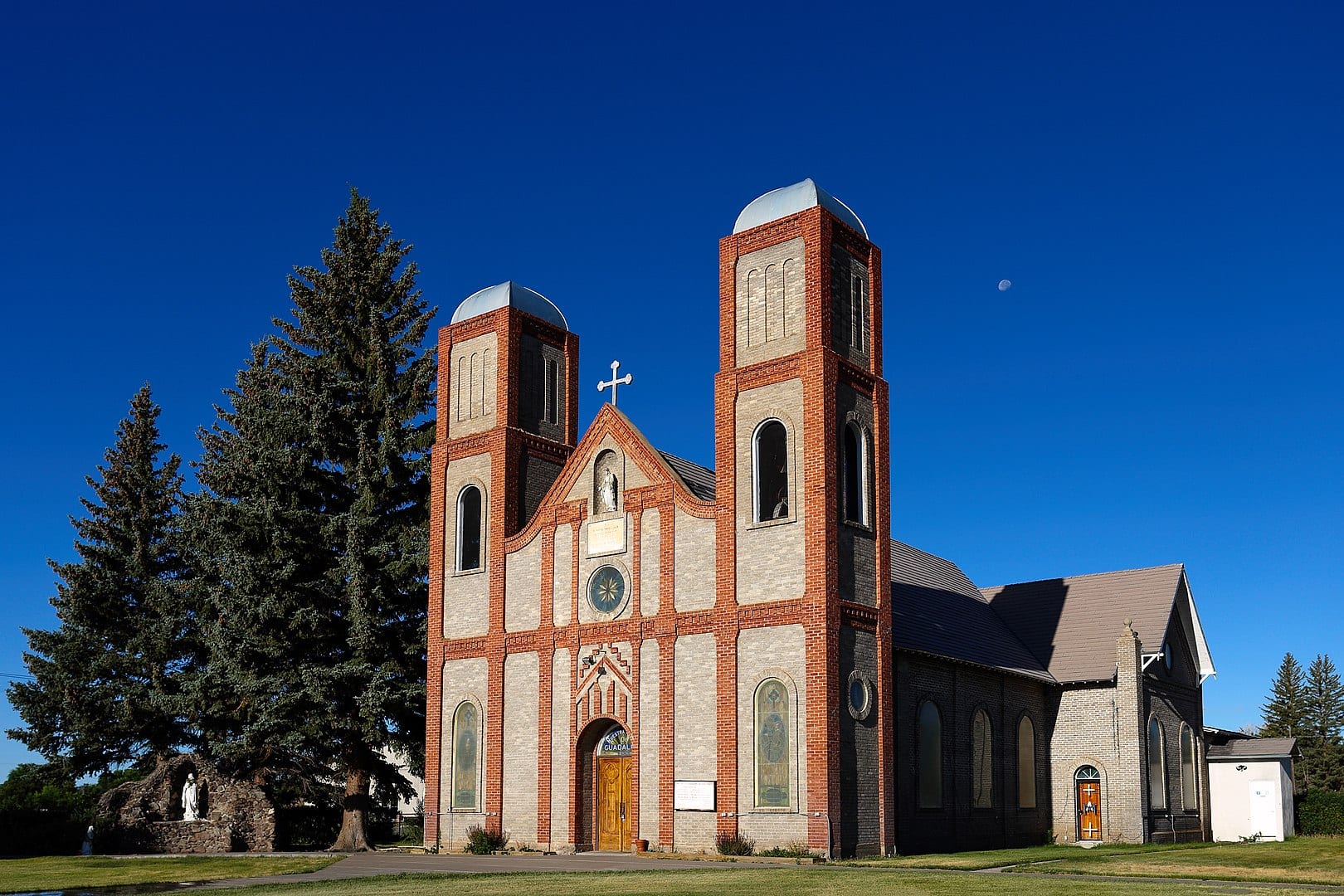 Our Lady Guadalupe Parish. Photo by Smithat88
Our Lady Guadalupe Parish. Photo by Smithat88
No matter your religious designation, a visit to Our Lady of Guadalupe Parish is a must. As the oldest church in Colorado, it was established in 1856 and still stands tall today, providing regular services for locals and visitors alike. The church is located in the small town of Conejos, just north of Antonito. Look for signs along Highway 285.
Add onto your trip and visit Cano’s Castle, a castle made out of beer cans and other recycled materials located in the town of Antonito.
Walk through the oldest still-standing fort
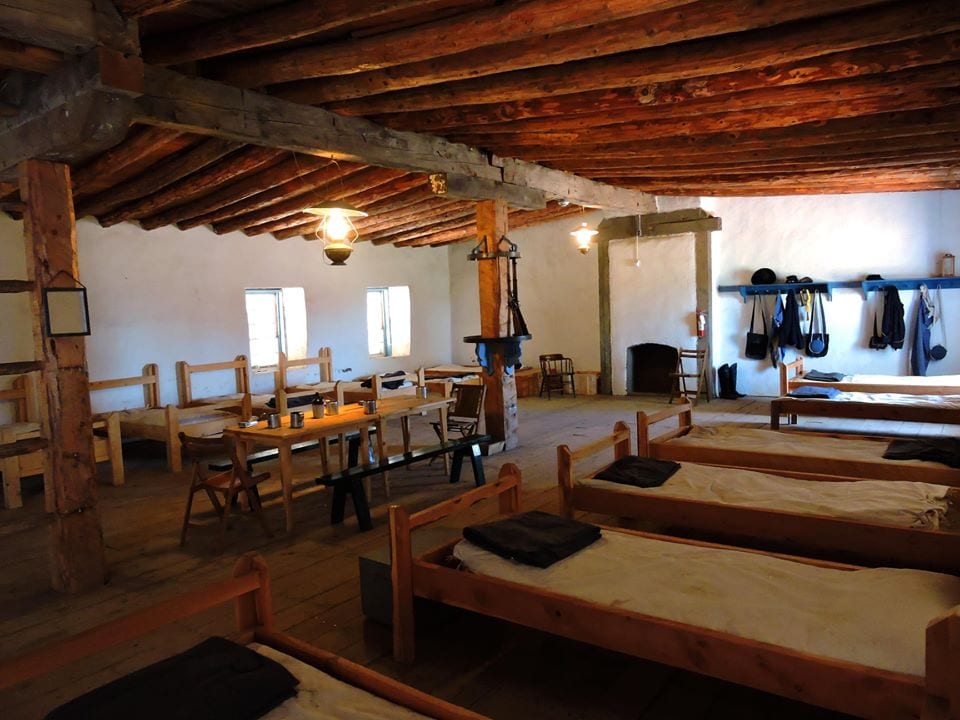 Inside the barracks of the Fort Garland Museum. Photo by Fort Garland Museum Facebook
Inside the barracks of the Fort Garland Museum. Photo by Fort Garland Museum Facebook
Established in 1858, Fort Garland is the oldest still-standing fort in Colorado. It once served to protect the earliest settlers in the valley. Today, visitors can walk through the fort and tour various original adobe buildings. Get a feel for what life was like at the fort with the re-creation of the commander’s quarters. The tour is part of the Fort Garland Museum, located in town.
Take a train ride
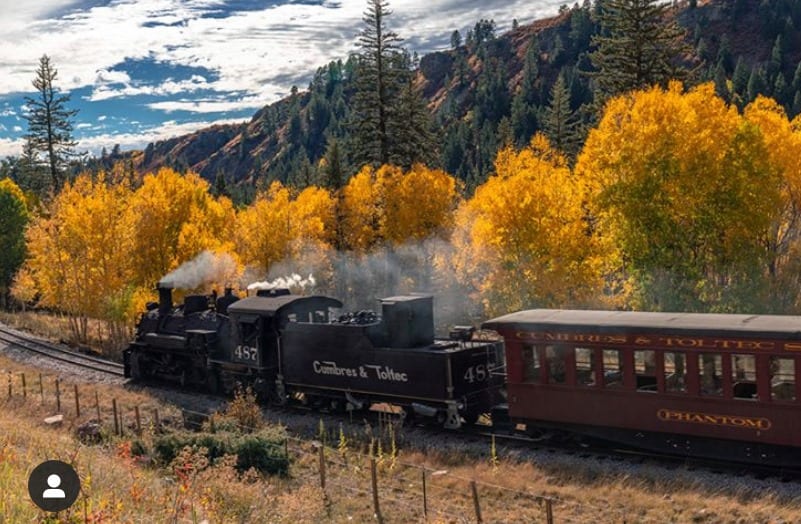 The Cumbers & Toltec Railroad. Photo by Cumbers & Toltec Scenic Railroad Facebook
The Cumbers & Toltec Railroad. Photo by Cumbers & Toltec Scenic Railroad Facebook
Travel by way of train aboard the Cumbers & Toltec Scenic Railroad. The Cumbres & Toltec departs from Antonito, CO, or Chama, New Mexico, and offers epic mountain views above 10,000 feet in elevation.
No longer currently running, the Rio Grande Scenic Railroad departed from Alamosa and winded throughout the mountains, climbing up La Veta Pass.
Visit the birthplace of Jack Dempsey
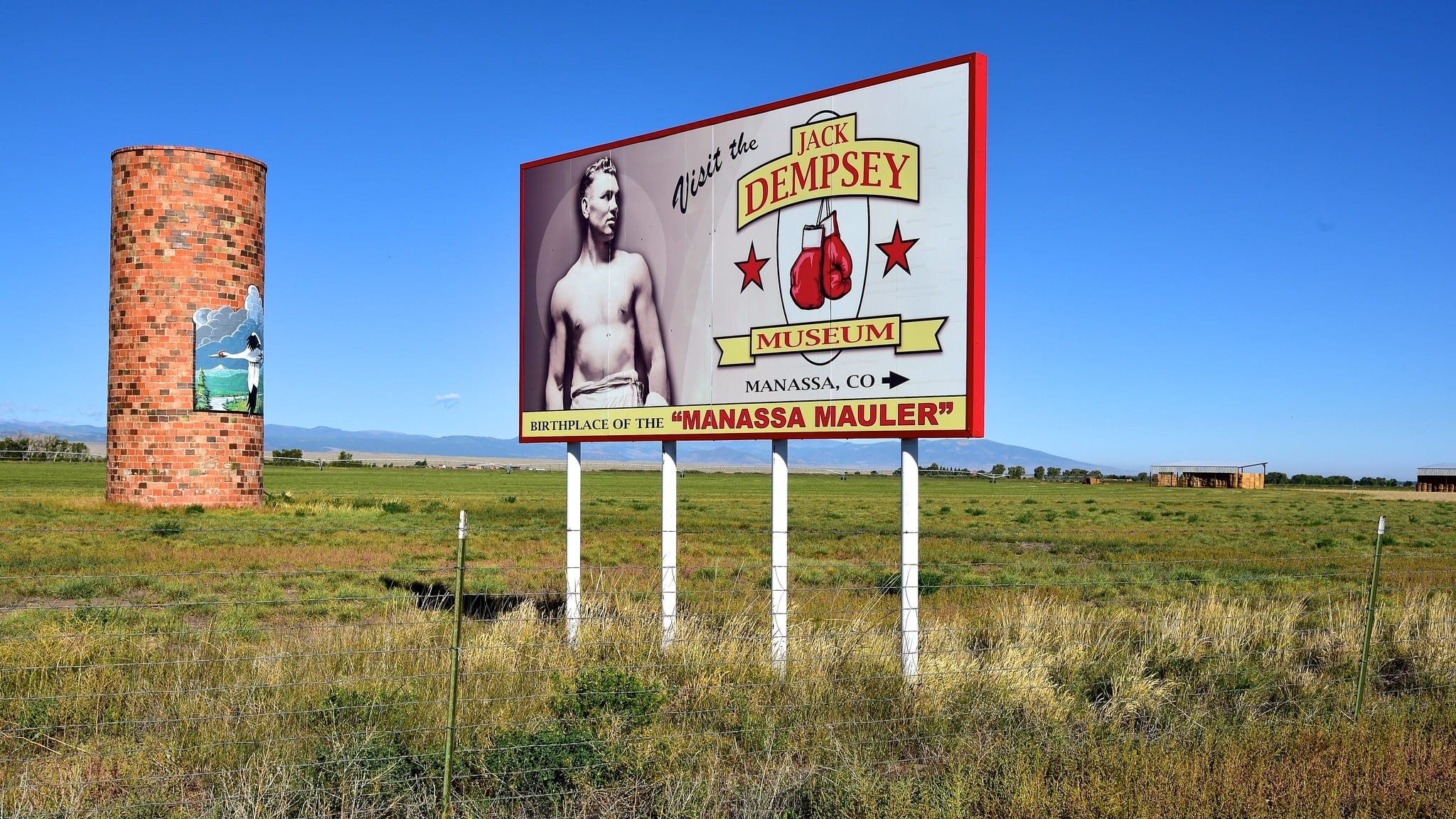 Jack Dempsey Museum sign in Manassa, CO. Photo by Larry Lamsa
Jack Dempsey Museum sign in Manassa, CO. Photo by Larry Lamsa
Jack Dempsey, nicknamed the “Manassa Mauler,” was a legendary heavyweight boxing champion that was born and raised in the small town of Manassa. Visit his old home, which is now at the center of town, and still stands as the Jack Dempsey Museum.
It only keeps regular open hours during June, July, and August. Other visitation times are available by appointment only.
Walk to the Shrine of the Stations of the Cross
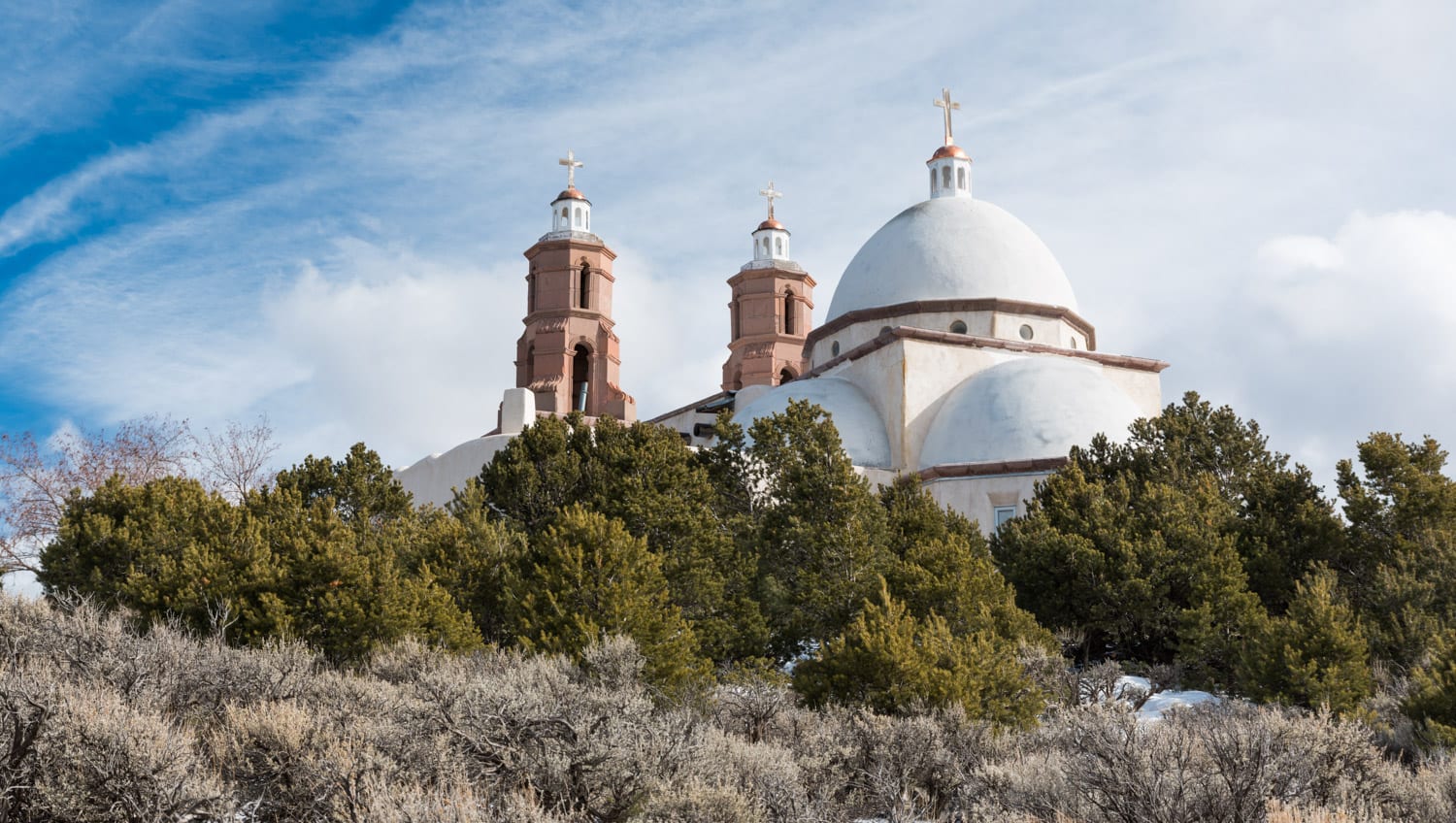 Shrine at the Stations of the Cross, photo: Jessica Hughes
Shrine at the Stations of the Cross, photo: Jessica Hughes
Visit Colorado’s oldest town, San Luis, and take a short hike up to the towering Shrine of the Stations of the Cross. The shrine rests high above the town and stands as a symbol of spirit and culture. Upon reaching the top, visitors can tour inside the shrine and walk through the well-designed landscape, plus take in views of the town below.
Whether you are looking for an epic outdoor adventure or to soak up a bit of Colorado history, the Mystic San Luis Valley is the place to visit!
